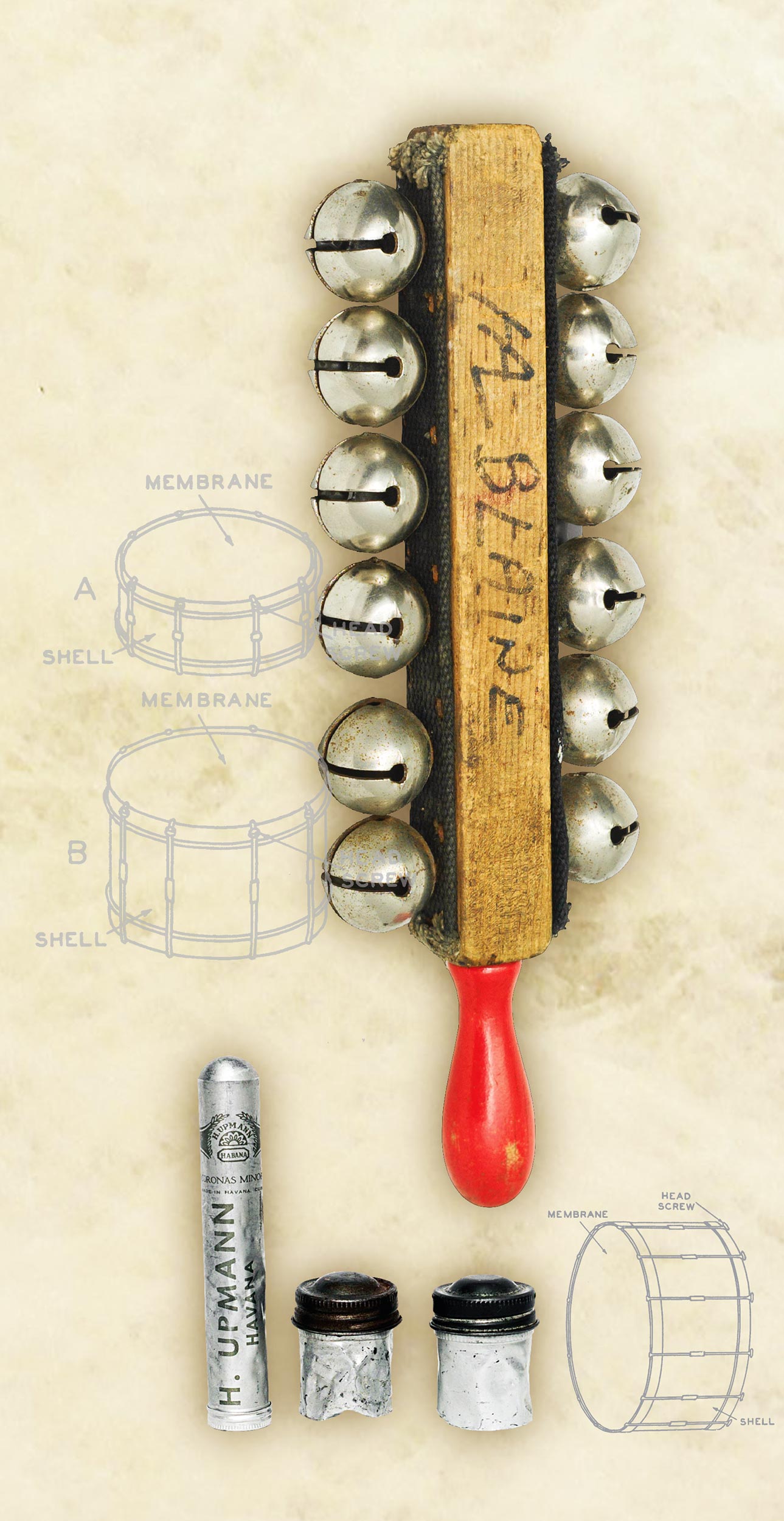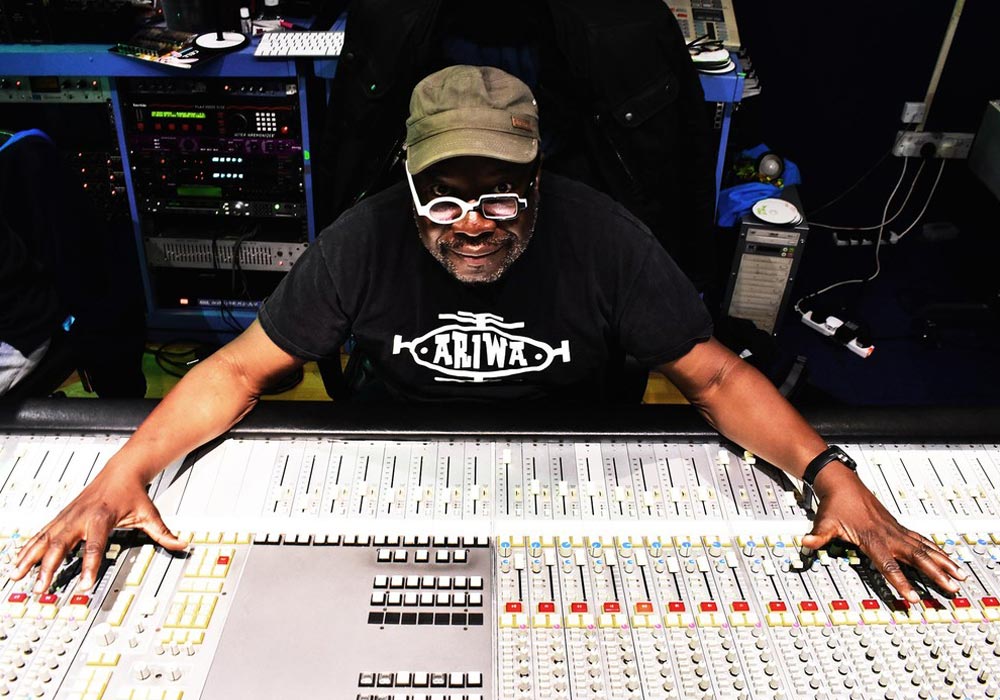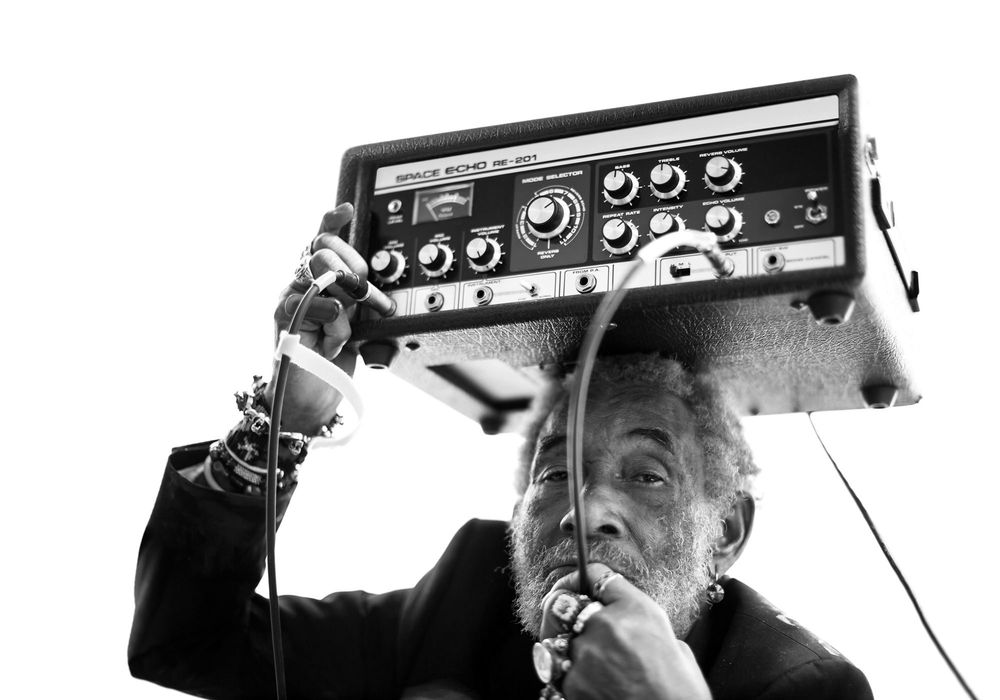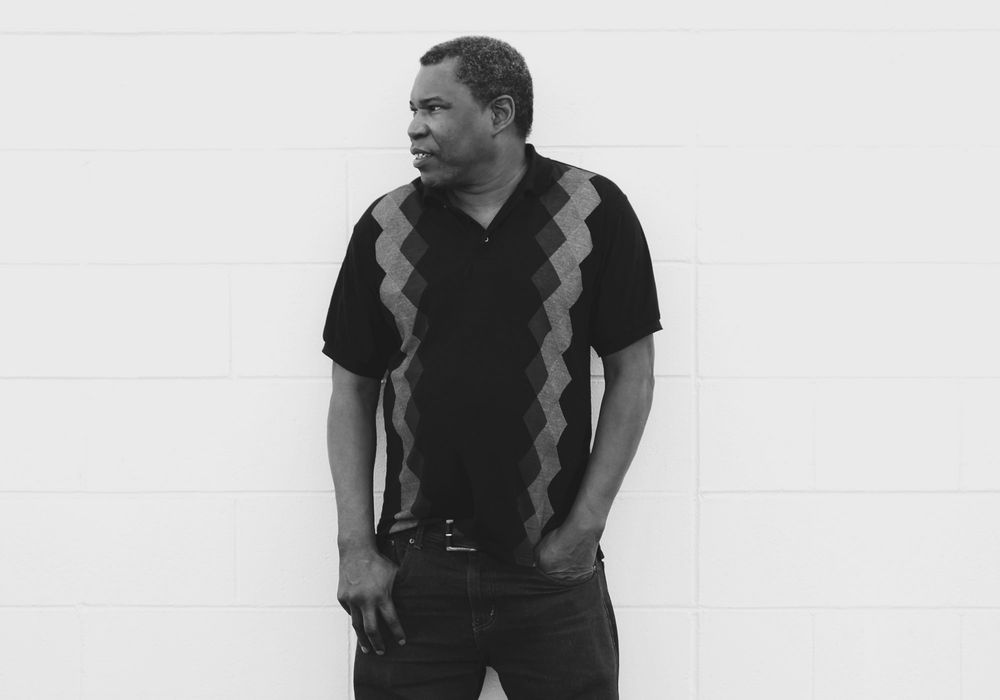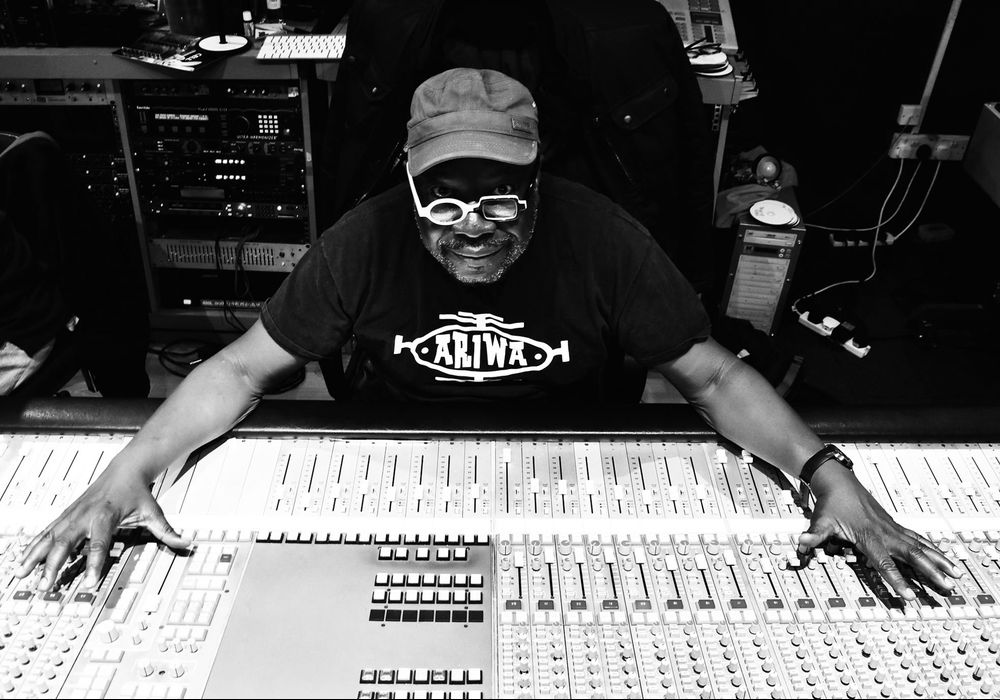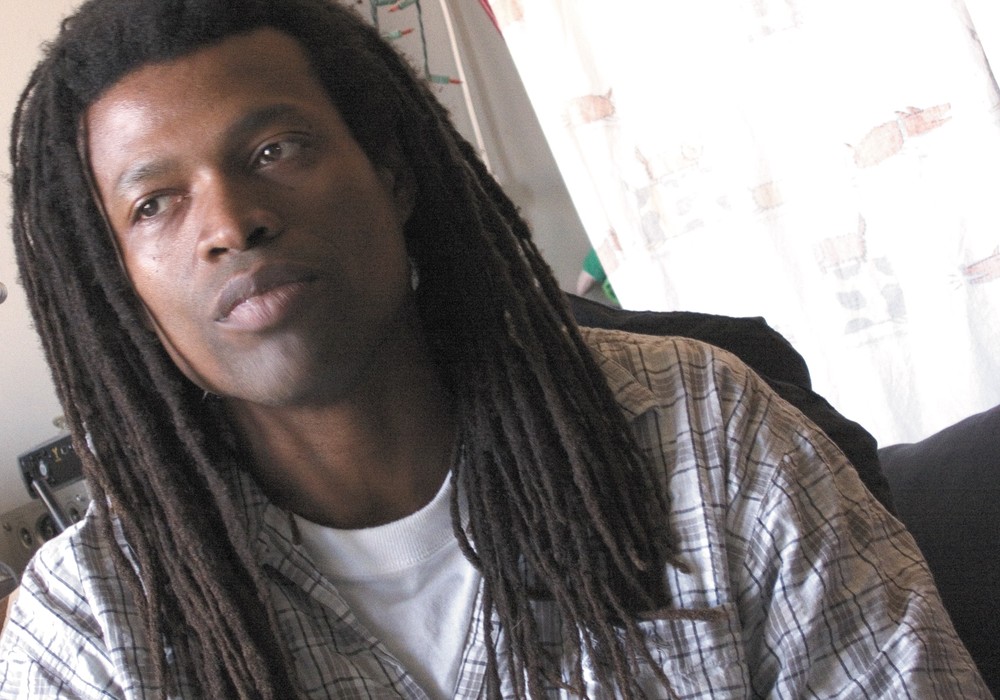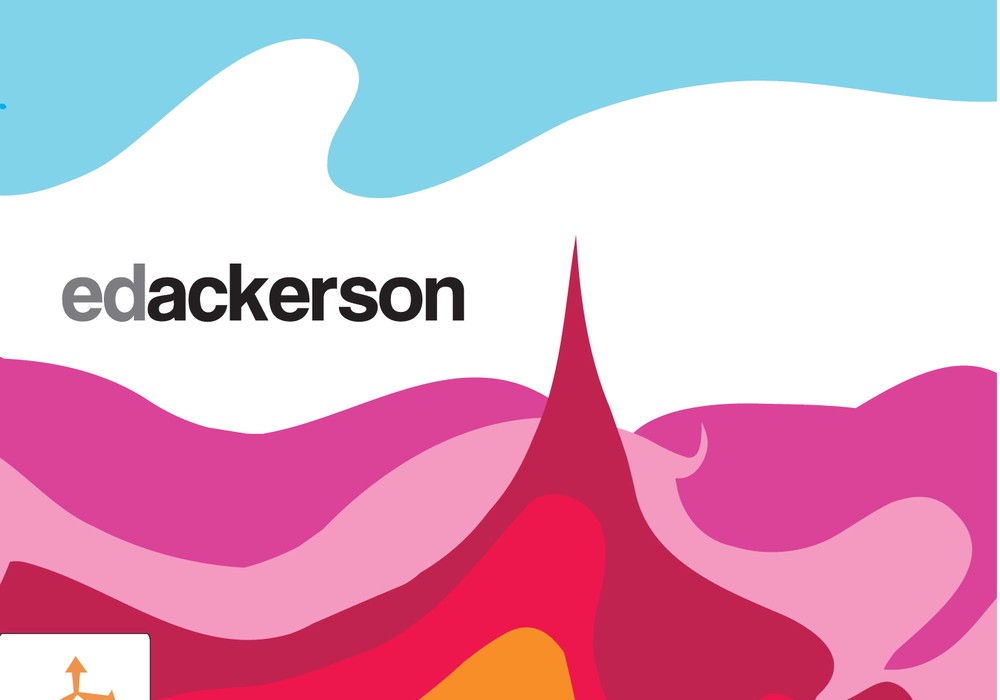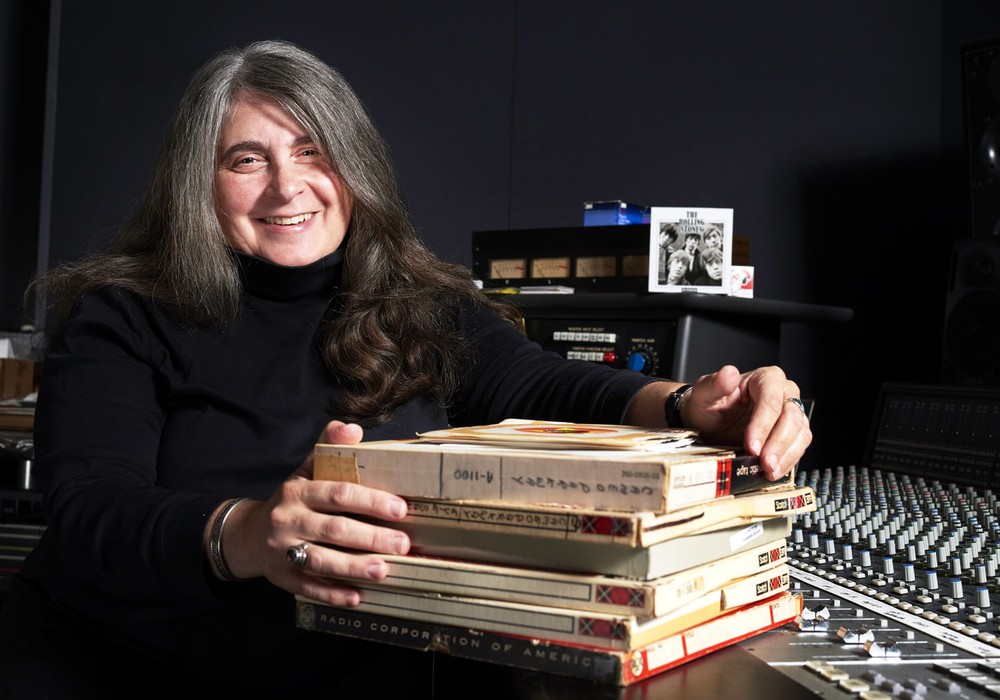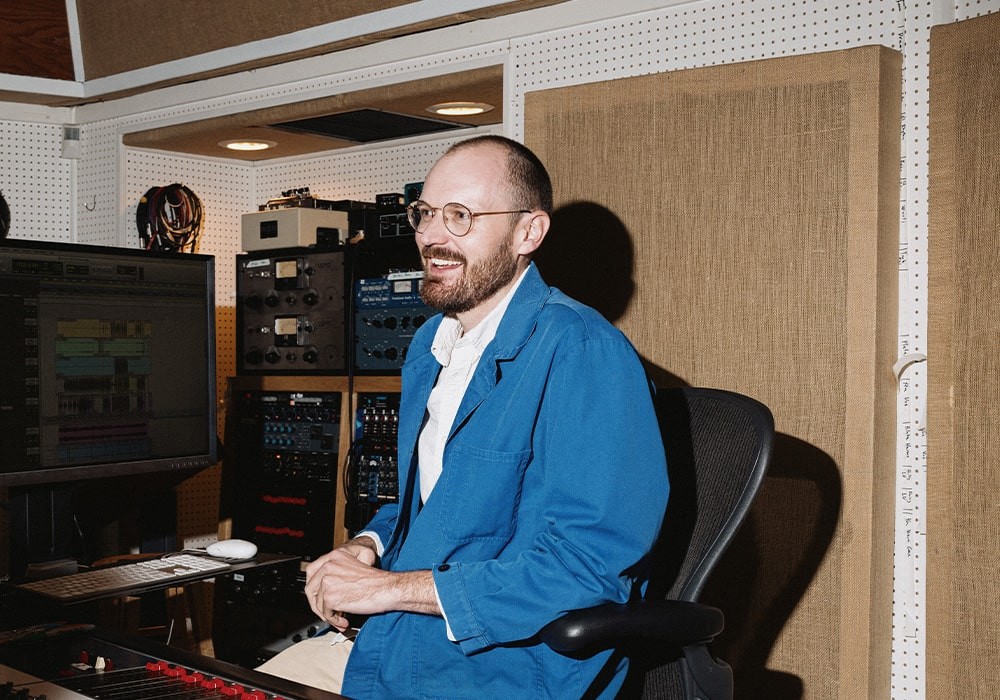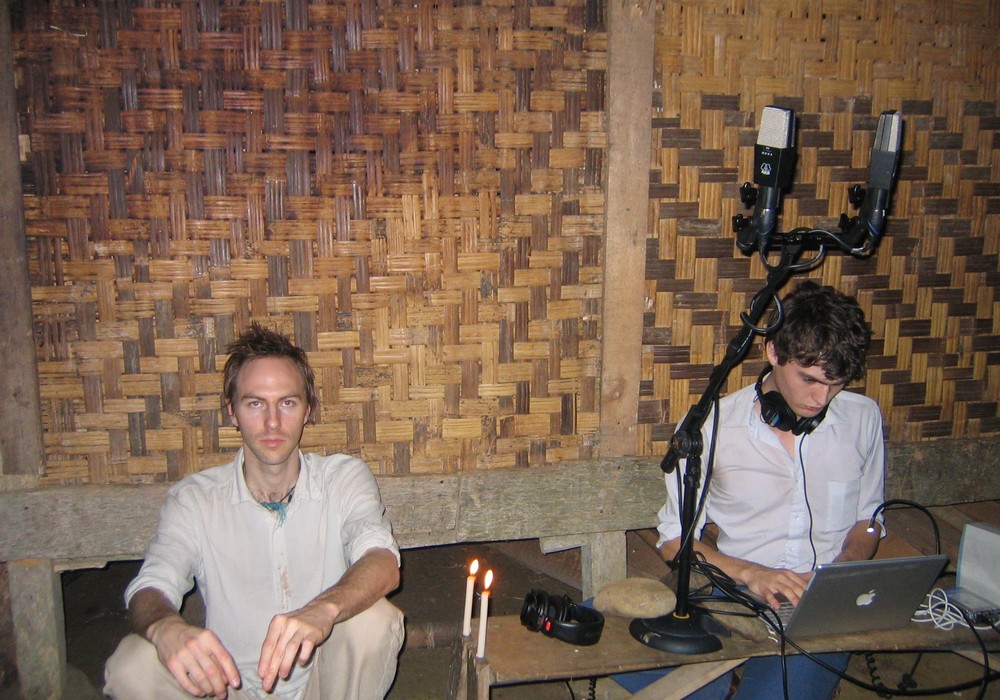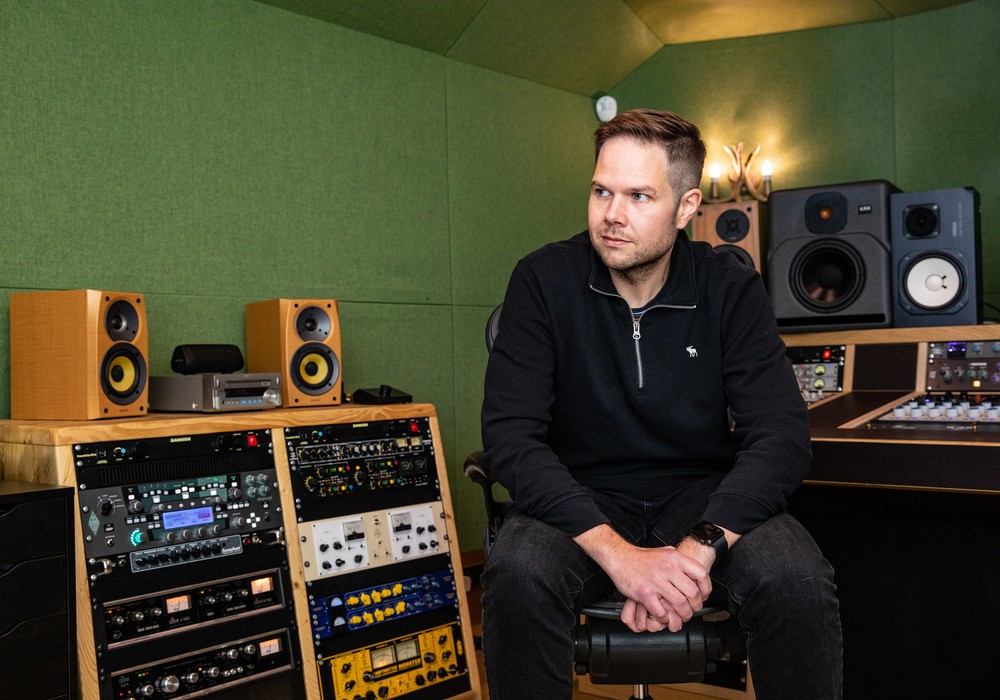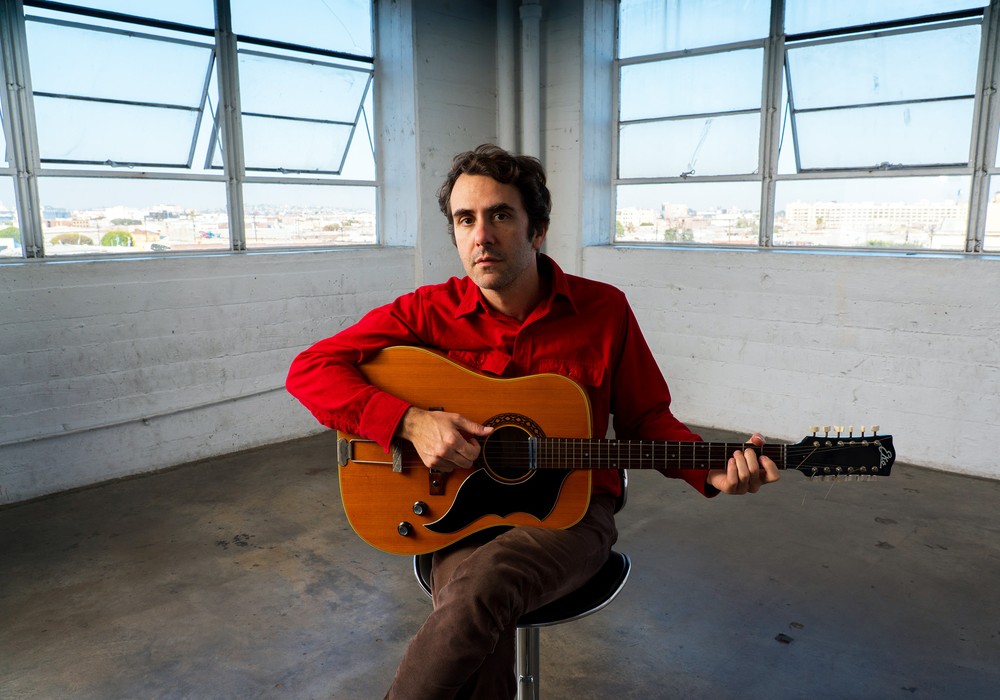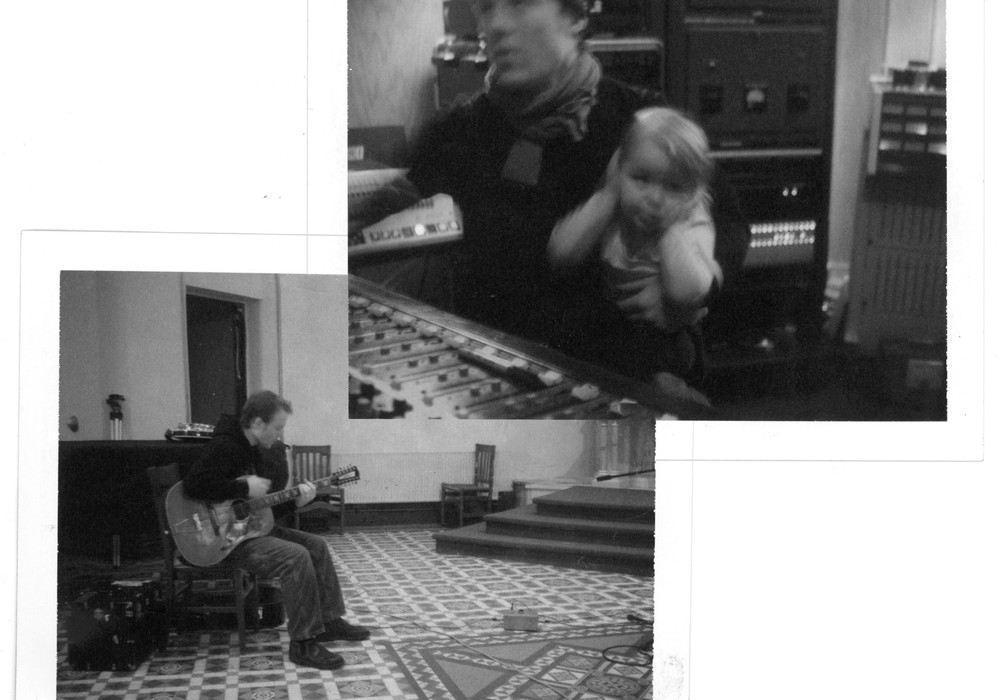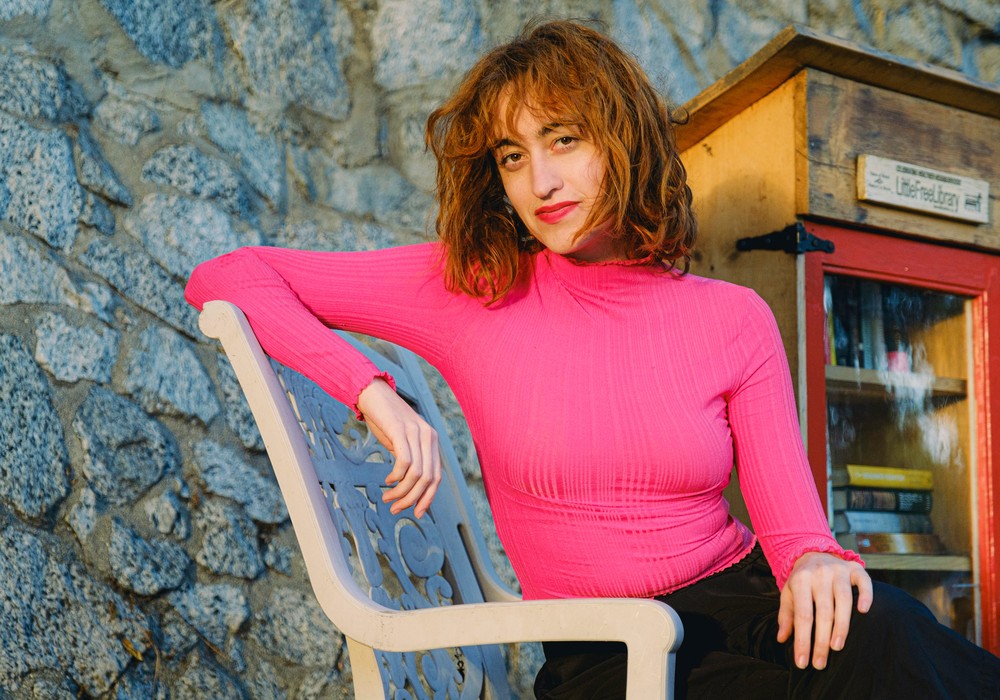My introduction to Mad Professor was via an album called No Protection, his dub remix of Massive Attack’s Protection. It was a journey to a musical universe that I was aware of, but had never fully immersed myself in. It opened doors to King Tubby, Lee “Scratch” Perry [Tape Op #136], Scientist [#136], and Prince Jammy [also known as King Jammy], as well as a music scene, culture, and history that was rich for exploration. Neil Fraser, known as Mad Professor, is a cornerstone of dub’s second wave and the owner of Ariwa Sounds, a studio and record label in London. We caught up to chat about his early days, working with Lee Perry and Massive Attack, the economics of running a studio, and his favorite reverbs and echoes.
You were born in Guyana and moved to London when you were 13?
Yeah, 13 or 14.
Why were you so interested in electronics?
Electronics for me – at the time when I got into it – was nothing else but magic. It started when I was a little boy. The first magic was outrageous: I’m listening to the radio and I said to my mom, “Where is the man in the radio? Why is he in the radio?” It’s that basic curiosity that led to everything.
Did you have access to gear that you could take apart, repair, and start understanding how it was working?
Well, there are always old things that don’t work, like my grandfather’s radio. I attacked that and found out why it didn’t work. It starts from there.
When you were a teenager some of the first dub records coming out of Jamaica were finding their way to the U.K.
Yeah, man. I knew reggae from Guyana. I saw a whole different type of reggae – from the end of the ‘60s – before I left Guyana. I saw the whole development. By going to England, I heard a different reggae. That’s when I realized that the reggae reaching Guyana was different from the reggae reaching places like the U.K. It led me to understand more about the whole migration path of certain labels and productions. Some people, like, say, Byron Lee, had more of a foothold in the Caribbean. Certain other labels would have a Belgian connection, because they had family in Barbados, and family in Guyana, as well as the whole Chinese and Sudanese network that existed that was different from the network that was in London. Certain labels and artists weren’t reaching the Caribbean. For instance, I went back to Guyana around ‘72 and I saw Dennis Alcapone, The Chosen Few, and people like that who weren’t that popular in the U.K.; not as popular as, say, I-Roy. Coming in from the first reggae – Jamaican ska, Treasure House Records, and Studio One – I saw the whole development.
What drew you to wanting to produce and mix dub?
Well, by the end of the ‘60s and early-’70s there were basically three or four types of music, regardless of what anyone says. There was rock music, or pop if you want to call it that: The Beatles, Rolling Stones, and that mainstream sound. Then, at my school, if you want to break it down into race and color, the white guys would be listening to pop or rock, and the black guys would mainly be listening to reggae. But both people would be listening to soul, like Motown and Stax. For me it was either soul or reggae; there was nothing else. I didn’t identify with pop. As I grew older, I enjoyed some songs from The Beatles and music like that, but the bulk of what I liked was reggae. Of course, we also had calypso, which people used to lump in as reggae because it’s Caribbean music. As I went down the road, I realized a lot of reggae records were actually versions of soul songs, like Otis Redding and Aretha Franklin. There was nothing else for me to listen to.
There’s something about the aesthetic of dub that’s so different. What made you gravitate to the style?
Dub developed around the very early ‘70s. Dub is technical music. You feel that. It brings the whole technician into putting a stamp on the recordings and the mixing. People with a technical ear would gravitate towards dub.
What dub records were making it to London?
The very first dub that made it to London was a record that Prince Buster had done, a record called The Message Dub Wise. I’ve still got my copy; it was a basic dub record. You could hear that there were songs somehow, because you could sometimes hear some focus in the background, but it created a mood. It didn’t have much echo in it. I’m not sure who mixed it. I got it in a record shop in London, and I played it over and over again. When you go to a sound system,...
